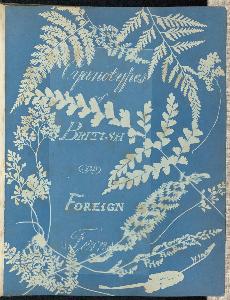Anna Atkins, Anne Dixon
Anna Atkins, Anne Dixon;Anna Atkins
Plats: Tonbridge
Född: 1799
Död: 1871
Biografi:
Early Life and Scientific Pursuits
Anna Atkins, Anne Dixon, a trailblazing English botanist and photographer from the United Kingdom, left an indelible mark on the world of art and science. Born on March 16, 1799, in Tonbridge, Kent, England, Anna's life was characterized by her close relationship with her father, John George Children, a renowned chemist, mineralogist, and zoologist.
Pioneering Contributions to Photography and Botany
Anna received an unusually scientific education for a woman of her time, which laid the foundation for her groundbreaking work. Her detailed engravings of shells were used to illustrate her father's translation of Lamarck's Genera of Shells. In 1839, she was elected a member of the London Botanical Society, further solidifying her position in the scientific community.
Photographic Innovations and Legacy
Anna's most significant contribution to the world of photography was her use of cyanotyping, a process invented by John Herschel, to produce images of algae. This innovative technique involved creating a blueprint using light-sensitive iron salts, which she utilized in her three-volume book Photographs of British Algae: Cyanotype Impressions (1842). This pioneering work marked the first use of photography to document scientific objects and was the first photographically illustrated book.
Notable Artworks and Collaborations
- Cyanotypes of British and Foreign Ferns (J. Paul Getty Museum, Los Angeles, United States) - A testament to her innovative use of photography in botanical documentation.
- Convalaria Multiflora (J. Paul Getty Museum, Los Angeles, United States) - Demonstrates her skill in capturing the intricate details of plant specimens.
- Adiantum tenerum, Jamaica (J. Paul Getty Museum, Los Angeles, United States) - Showcases her ability to document a wide range of botanical species.
Discover More about Anna Atkins, Anne Dixon on Wikioo.org
- Explore Anna Atkins, Anne Dixon's extensive collection of artworks on Wikioo.org.
- Learn more about her life and contributions to photography and botany through the Nottinghamshire Archives, Nottingham, United Kingdom section.








